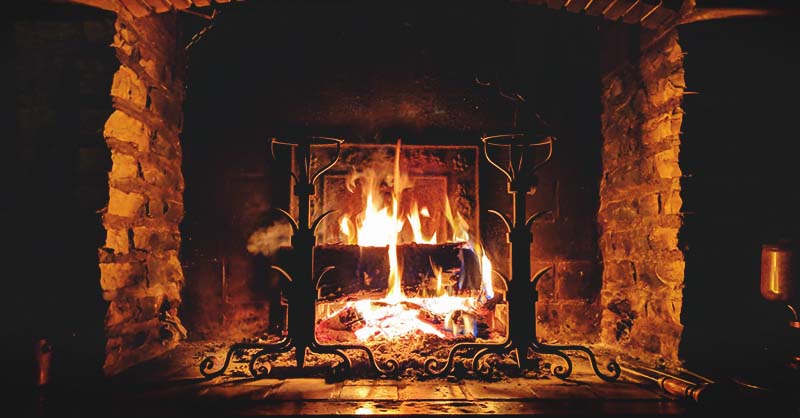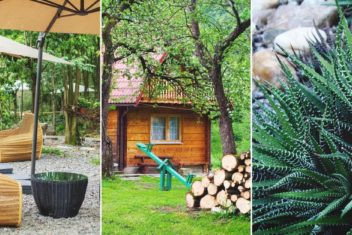Can you wrap your head around the fact summer is almost gone and winter will be coming again soon?
It makes me sad on one hand, but on the other, I’ll be glad for the break. If you’re living off the grid, wintertime may not provide a time of rest.
Instead, you must focus on how to stay warm off-grid, and it can be challenging. If you’re interested in finding out your options for staying warm when off-grid, I have you covered.
I’ll be walking you through a variety of options that should work regardless of your budget. Here’s how you can stay warm off-grid this winter:

1. A Woodstove is the Best Way to Stay Warm Off-Grid
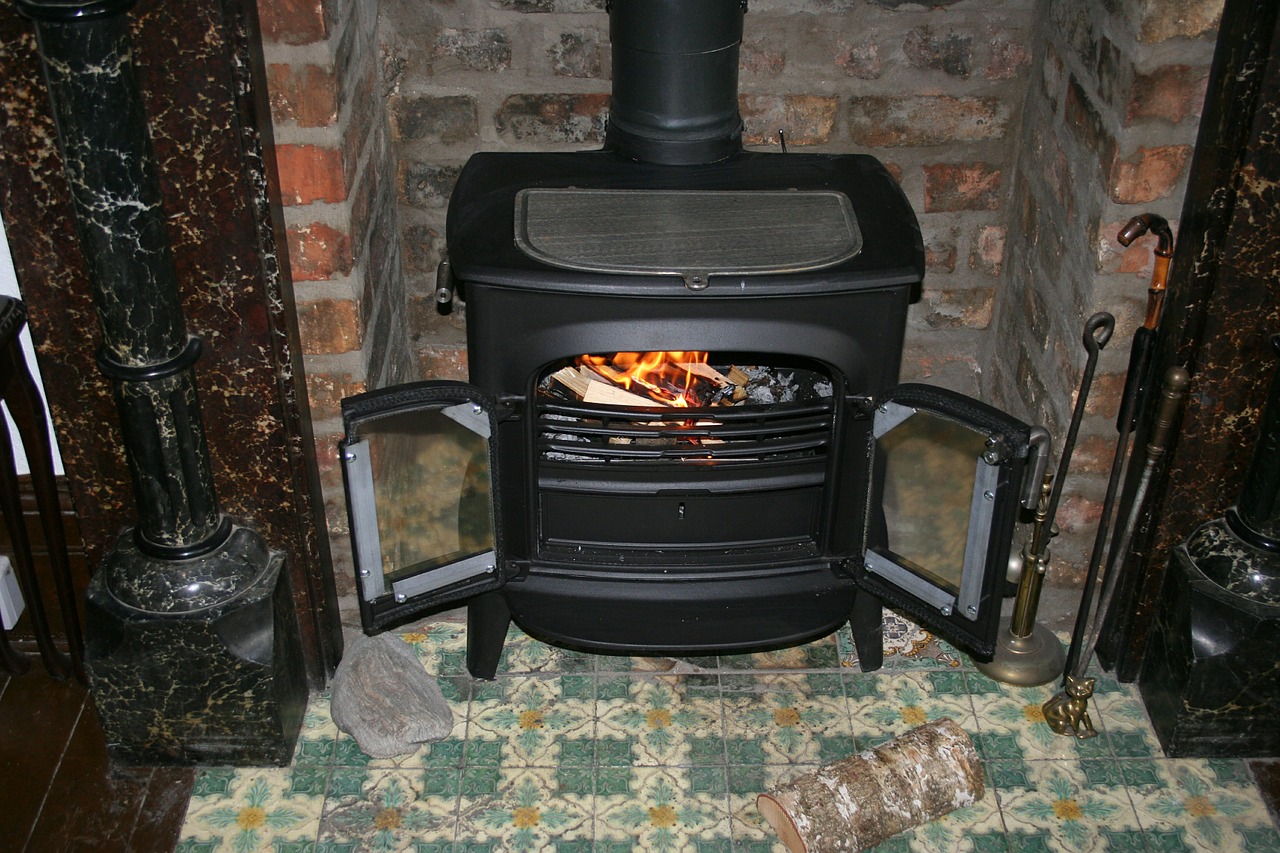
Whether you live off the grid or are looking for a more economical way to heat your home, wood heat is king.
You can cut your own firewood, purchase firewood from another homesteader, you can order slabs from a local sawmill or source free firewood.
However you choose to get your firewood, a woodstove is an extremely effective way to heat your home.
They come in a variety of sizes, depending upon how much square footage you must heat, and you can even build your own.
The reasons why woodstoves are the best is that they create a lovely ambiance, they are safer than an open fire, they look charming, you can manage the ash and cleaning easier and it is also a great way to cook your food without needing an alternate heating source.
2. A Fireplace and Roasted Chestnuts
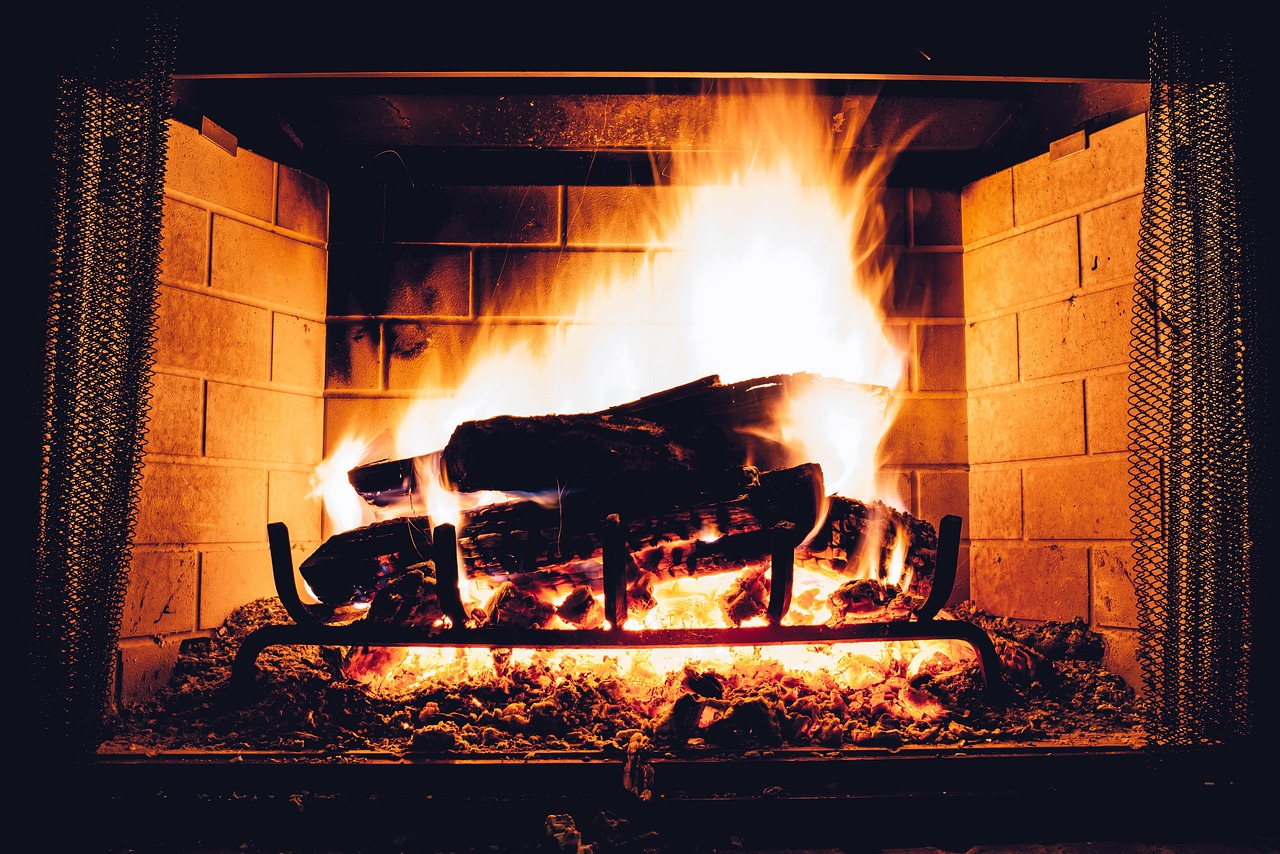
I’m not as big of a fan of a fireplace because they don’t put off as much heat as a woodstove.
However, if you’ve built your home with a fireplace you should definitely take advantage of it.
Again, you can source your wood from a variety of places, and a fireplace will hold larger pieces of wood.
This creates less of a need to chop wood, and the larger the piece of wood, the longer it burns. This could mean you shouldn’t have to wake up in the middle of the night to refuel your fire.
Putting a fireplace in your home will require you either hire someone who knows how to safely install it or for you to have the knowledge.
Some fireplaces heat the brick or masonry with which it was built, creating lasting warmth in the house which you feel in rooms connected to the chimney stack.
My parents put a large fireplace in their home, and it heats their home efficiently and effectively all winter long. If you enjoy the crackling of wood in a fireplace and toasting marshmallows and chestnuts, plus you desire an off-grid heating source, this should be an excellent option for you.
3. Propane Heat (Large and Small)
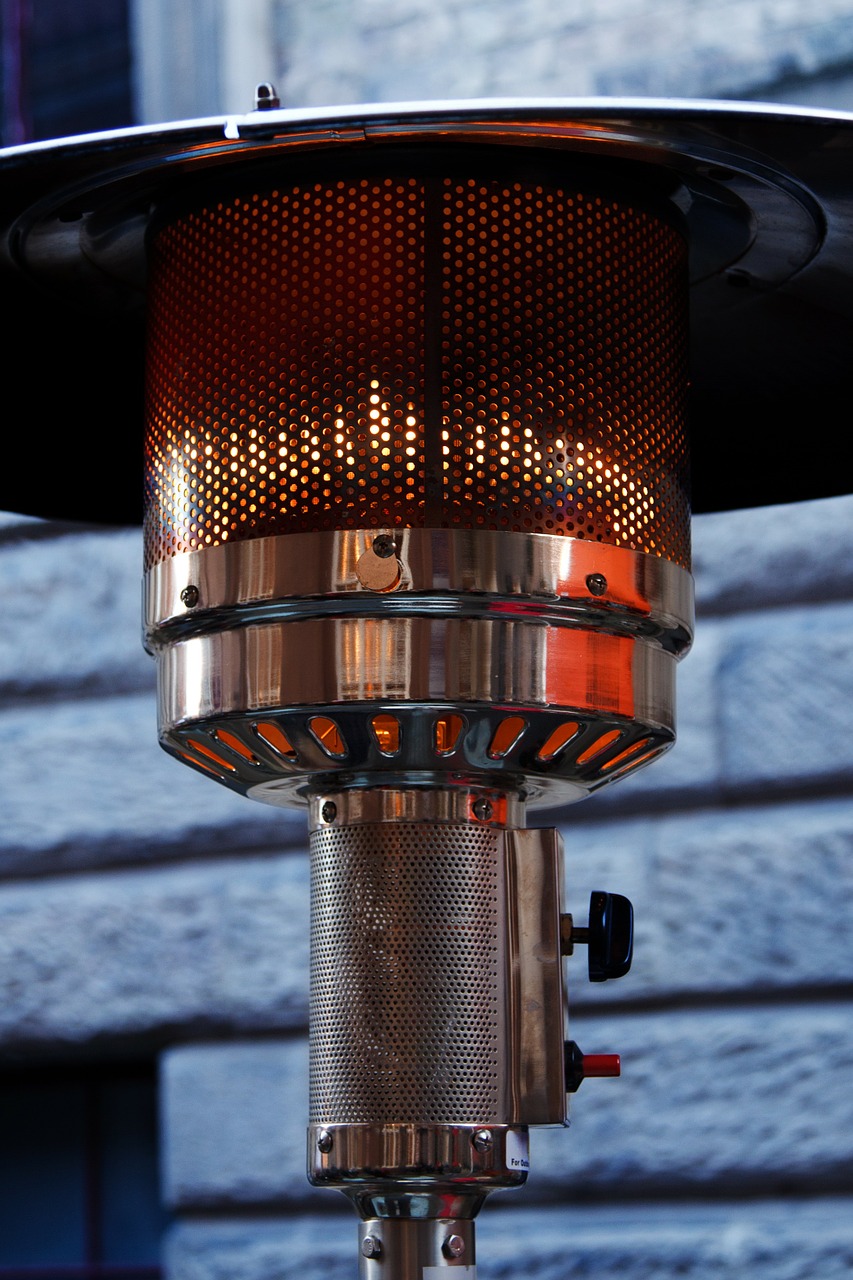
Propane can be a costly way of heating your home. I wouldn’t recommend this as the only heat source you have.
However, if you’re working on a budget and don’t have the money to purchase a woodstove, this could be a great place to start.
Though they do cost more to run, you can purchase small propane heaters in the camping department of any local big box store.
You can also purchase larger propane heaters that have an electric fan. Hook the propane heater to your generator, and you can have heat blowing around your home in no time.
It’s also a great option if you must run into town and don’t want to leave a fire burning in your wood stove. It’ll keep your home warm enough until you return.
4. Solar Air Heaters
This is another way to heat your home off-grid, but it must be used as a supplement and not the main heating source.
The idea behind solar air heating is large solar collectors are placed on your roof or on the southside of your home.
Solar air collectors are dark panels that attract heat and have ventilation tubes that push the air through the tubes and into window units.
These units allow air to flow through your home. It’s a ductless and ventless system which is great for an easier install.
However, when there’s no sunlight, there’s no heated air coming through the system. Therefore, this makes the system good as a back-up or supplement, but not as the main heating source to stay warm off-grid.
5. Coal for Long Lasting Heat
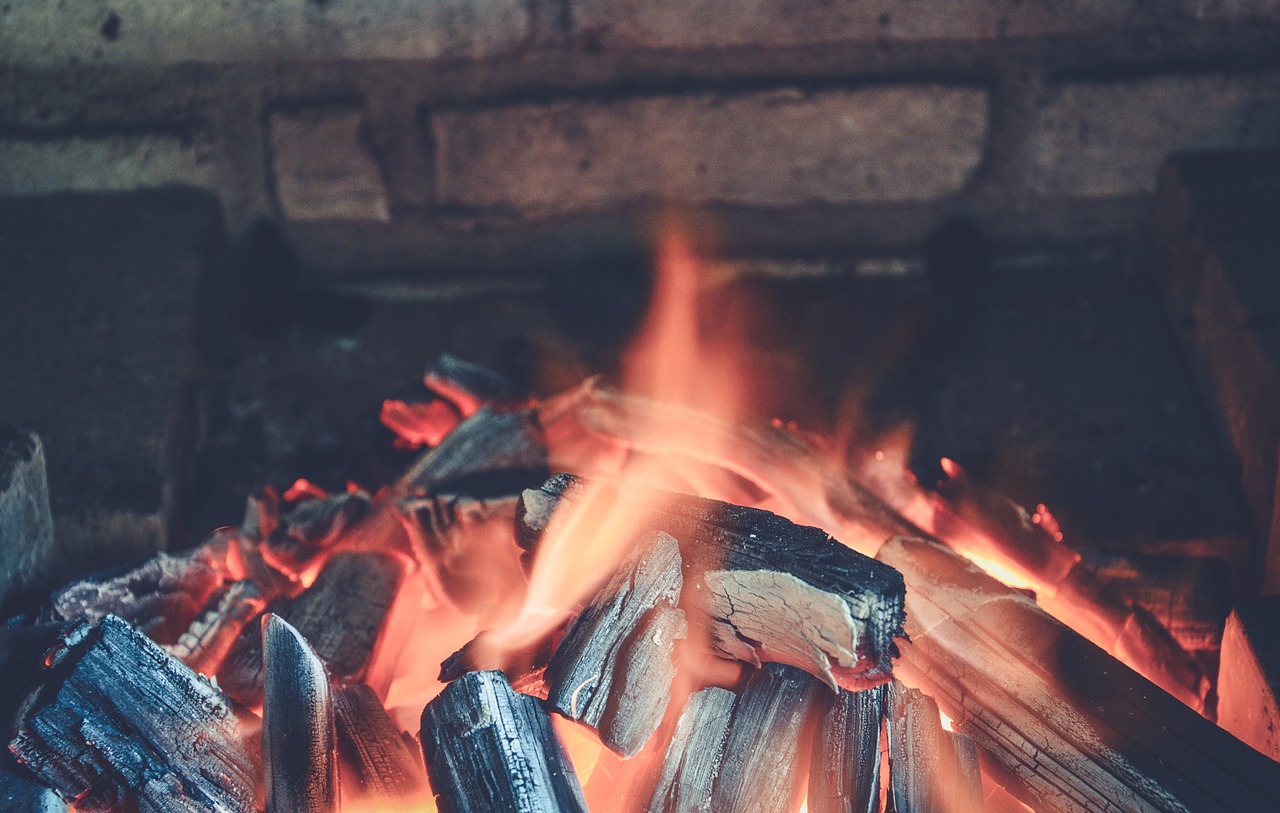
We’re accustomed to burning wood in most parts of the world which makes us forget about coal unless we’re cooking.
Yet, coal is a wonderful heat source. It can be messy and is more expensive than wood which makes it a great source for when the temperatures dip extremely low or as an overnight heating source. Coal is slow-burning and keeps its heat well, which is why it is a good option to stay warm off-grid.
The big thing you must consider when heating with coal is to make sure your woodburning heating element is meant to burn coal as well.
6. Generator Electric Heat
You may assume electric heating is out when you’re living off-grid. In many cases, it doesn’t have to be. If you have a generator, it can power your electric heating system.
Don’t assume you must have a massive HVAC system. Most off-grid homes are smaller because you must find more efficient ways to heat and cool the premises.
Less square footage equates to an easier time keeping the home comfortable. You could go with ductless heating and cooling systems which could be powered from a generator.
You could also choose an oil heater which runs from electricity generated by a generator. Baseboard heating could be another option to heat your home when the temperatures begin to drop.
7. Passive Solar Heat Harnassing the Sun
This last heating option is one which could work as supplemental heat, or if you live in a warmer climate which typically only deals with cooler nights.
If your off-grid home falls into this category, you should consider placing large windows and skylights in the southside of your home.
This will allow natural sunlight to light up and warm up your home. Your floor should be a dark concrete floor, or you must put a stonewall inside near the window.
The stonewall or concrete floor will absorb the sunlight. Once absorbed, these features will emit heat at night when the sun has set.
It doesn’t cost much to install and requires only sunlight to keep your home warm.
If you’re living off the grid, heating your home can be a challenge because it isn’t as simple as going to your thermostat and turning a heat source on.
You must be ahead of the game to make sure you and your family stay warm off-grid even during the harshest winters. Figure out which of these systems works for your budget and implement them to be ready when winter arrives.
